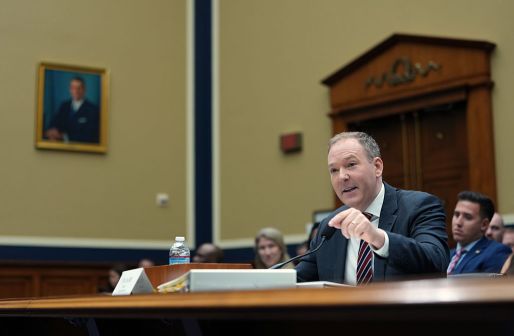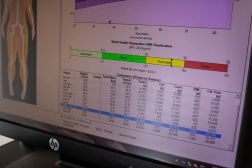CDC data chief announces departure from agency

Alan Sim, the Centers for Disease Control and Prevention’s chief data officer, announced his departure from the agency after nearly five years in the position, per a post he wrote on social media Monday.
Sim took on the role of chief data officer in 2020 amid the COVID-19 pandemic and over the years has been a leader on initiatives such as the agency’s generative AI projects. Reflecting on his time, Sim pointed to several “firsts” the agency achieved, including launching its enterprise data catalog and using data and cloud technologies to improve emergency response.
“It is with mixed emotions that I announce my departure from the CDC,” Sim wrote in a post to LinkedIn.
His time as CDC’s data leader was his second run at the agency. Sim, who has a PhD in epidemiology, had also been a graduate fellow and then a health informatics scientist at CDC early on in his career in the late 90s to the early 2000s. In his post, Sim said that period was “defined by concerns like bioterrorism, Anthrax, and SARS.”
“Returning in 2020 as CDC’s Chief Data Officer during the worst pandemic in our nation’s history was both a significant challenge and a profound opportunity,” Sim said.
Sim didn’t include details about his next steps but said he would be sharing more soon. It is unclear who the acting CDO is in his absence. Both Sim and the Department of Health and Human Services, which manages an email form for press inquiries to the agency, didn’t respond to a request for comment.
In an interview with FedScoop last year, Sim discussed several AI pilot projects, such as use cases to modernize websites and collect information about school closures — which was something the CDC monitored during the pandemic to look out for potential outbreaks.
There, he said the agency’s aim was to create an environment where CDC workers could practice with generative AI and innovation safely and without having to go to third-party websites.
His departure comes amid many changes at the agency. HHS announced a major reduction-in-force and reorganization in late March that aimed to cut 10,000 workers from the department. That included a reduction in leaders from tech offices across the agency.
Those efforts may be influx, however, after a federal district court judge in Rhode Island last week ruled that the RIF may have been illegal and granted a preliminary injunction preventing the agency from carrying out the reductions or restructuring.






